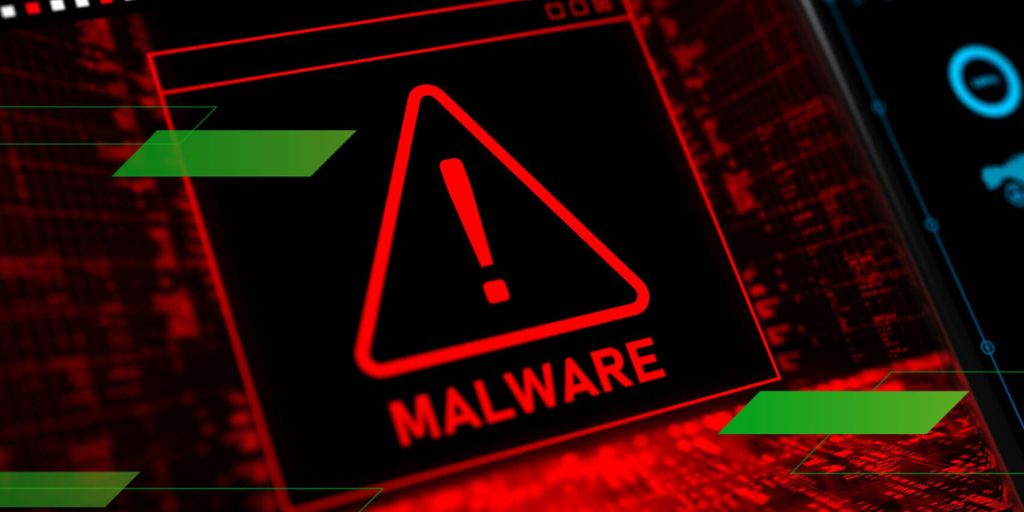Malware is one of the most common—and dangerous—threats to your digital life. Short for “malicious software,” malware includes viruses, spyware, ransomware, trojans, and worms.
These programs can infect smartphones, laptops, and desktops alike, stealing personal information, slowing down performance, or even locking you out of your own data.
Whether it sneaks in through a suspicious download, a rogue website, or a phishing email, malware can cause serious damage if left unchecked. The good news? You can spot the signs and remove it before it wreaks havoc.
Here’s how to recognize the warning signs of malware and what to do about it.
Common Signs Your Device Might Be Infected
Malware often operates silently, but certain symptoms are red flags that shouldn’t be ignored.
1. Sluggish Performance
Your device suddenly slows down, takes longer to boot, or apps crash frequently. This may mean malware is using your device’s resources in the background.
2. Unusual Pop-Ups or Ads
If you’re seeing pop-ups—even when your browser is closed—it’s a sign of adware or a browser hijacker.
3. Unexpected Apps or Files
New apps appear that you didn’t install, or you notice strange icons, documents, or background processes running.
4. Increased Data Usage or Battery Drain
Malware can cause excessive data use and rapid battery depletion by operating constantly or sending data back to remote servers.
5. Browser Redirects
You’re being taken to strange search engines or websites without clicking anything—classic symptoms of a browser hijacker.
6. Frequent Crashes or Freezing
If your device freezes regularly or restarts without warning, malware could be destabilizing the system.
7. Security Warnings or Disabled Tools
Your antivirus may be disabled, or you receive fake warnings urging you to “buy” software to fix your system.
How Malware Gets In
Malware can infect your device in several ways, including:
-
Clicking malicious links in emails or texts (phishing)
-
Downloading software or apps from unofficial sources
-
Visiting compromised or scam websites
-
Connecting to insecure public Wi-Fi
-
Opening infected email attachments
-
Installing browser extensions with hidden code
To fight malware, you need both prevention and response strategies. Let’s look at how to remove it if your device is already infected.
How to Remove Malware from Windows PCs
Step 1: Enter Safe Mode
Start your computer in Safe Mode to stop malware from actively running.
-
Restart and press F8 (on older systems) or hold Shift and click “Restart” on newer versions.
-
Choose Safe Mode with Networking.
Step 2: Uninstall Suspicious Programs
-
Go to Control Panel > Programs > Uninstall a program.
-
Sort by date and look for programs installed without your knowledge.
-
Uninstall anything unfamiliar or clearly suspicious.
Step 3: Run a Malware Scanner
-
Use tools like Malwarebytes, Microsoft Defender, or Bitdefender to perform a full system scan.
-
Quarantine or delete any threats found.
Step 4: Reset Web Browsers
-
Clear browser settings to remove hijackers or toolbars.
-
Reset Chrome, Firefox, or Edge to default.
Step 5: Update and Patch
-
Make sure Windows and all security software are up to date.
-
Install available patches to close vulnerabilities.
How to Remove Malware from macOS Devices
Though macOS is less frequently targeted, it’s not immune.
Step 1: Check for Unusual Apps
-
Open Finder > Applications and sort by install date.
-
Delete any software you don’t recognize by moving it to Trash.
Step 2: Scan with Antivirus Software
-
Use trusted tools like Malwarebytes for Mac, Avast, or Bitdefender.
-
Run a full scan and follow recommended actions to remove threats.
Step 3: Clear Login Items
-
Go to System Settings > Users & Groups > Login Items.
-
Remove any strange startup items.
Step 4: Reset Browsers
Just like on Windows, remove extensions or toolbars you didn’t install and reset your browser settings.
How to Remove Malware from Android Devices
Step 1: Reboot in Safe Mode
-
Hold the power button, then tap and hold Power Off until Reboot to Safe Mode appears.
-
Tap OK.
Step 2: Uninstall Suspicious Apps
-
Go to Settings > Apps and look for unfamiliar apps.
-
Remove any recently installed or suspicious ones.
Step 3: Run a Mobile Antivirus
-
Download a scanner like Avast Mobile Security, Malwarebytes, or Bitdefender Mobile.
-
Scan and remove detected threats.
Step 4: Clear the Cache
-
Settings > Storage > Cached Data and clear all caches to remove lingering files.
Step 5: Factory Reset (if needed)
If malware persists:
-
Back up your data.
-
Go to Settings > System > Reset > Factory Data Reset.

How to Remove Malware from iPhones and iPads
While iOS is highly secure, jailbroken devices or unsafe profiles can introduce malware.
Step 1: Delete Suspicious Apps or Profiles
-
Remove any app installed outside the App Store.
-
Settings > General > VPN & Device Management to delete any unrecognized configuration profiles.
Step 2: Restart and Update
-
Restart the device and install the latest iOS update from Settings > General > Software Update.
Step 3: Reset to Factory Defaults (if needed)
-
Backup to iCloud.
-
Go to Settings > General > Transfer or Reset iPhone > Erase All Content and Settings.
How to Prevent Future Infections
1. Install a Reputable Security App
Keep real-time protection running and schedule automatic scans.
2. Update Regularly
Enable automatic updates for your OS and apps to close security gaps.
3. Avoid Sketchy Downloads
Only download apps from the official App Store or Google Play. Skip cracked software or “modded” APKs.
4. Be Cautious With Emails and Texts
Avoid clicking on links or attachments in unexpected messages.
5. Use a Secure Browser
Install a browser with anti-phishing features or enable “Safe Browsing” modes.
6. Use a VPN on Public Wi-Fi
A virtual private network can protect your data and block many attacks on open networks.
Final Thoughts
Malware is more than just an inconvenience—it’s a gateway to data theft, identity fraud, and financial loss. By learning to spot the warning signs and using the right tools to clean your device, you can stay one step ahead of cybercriminals.
Remember, prevention is just as important as removal. Keep your software updated, stay alert for suspicious activity, and don’t underestimate the importance of reliable antivirus protection. With these habits, you can keep your devices—and your personal information—safe from harm.




